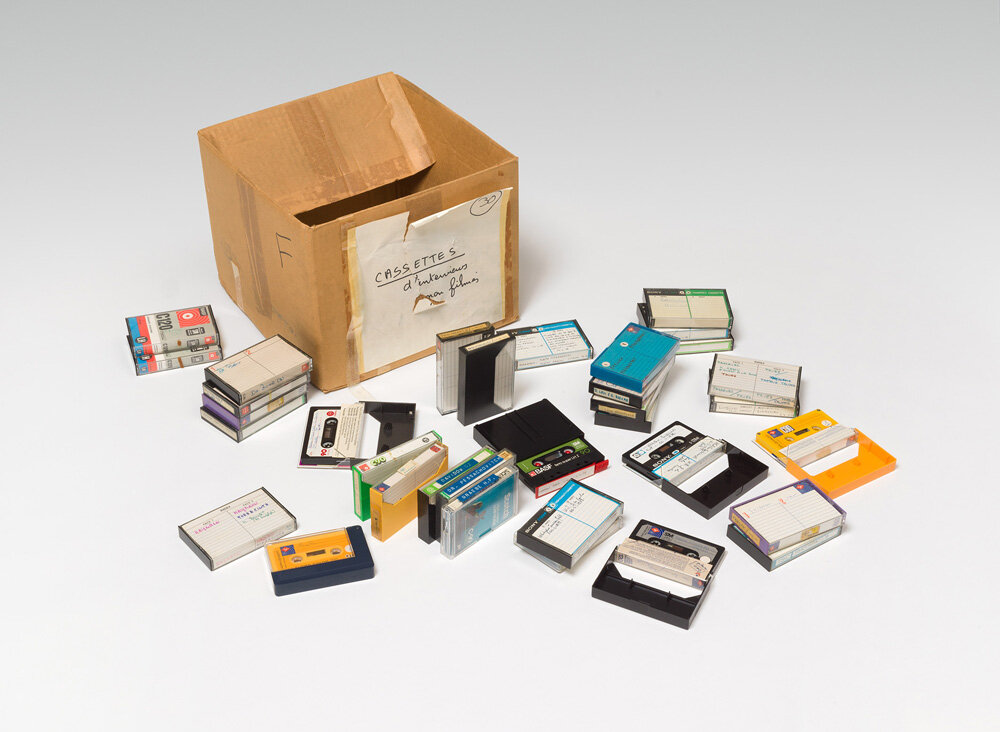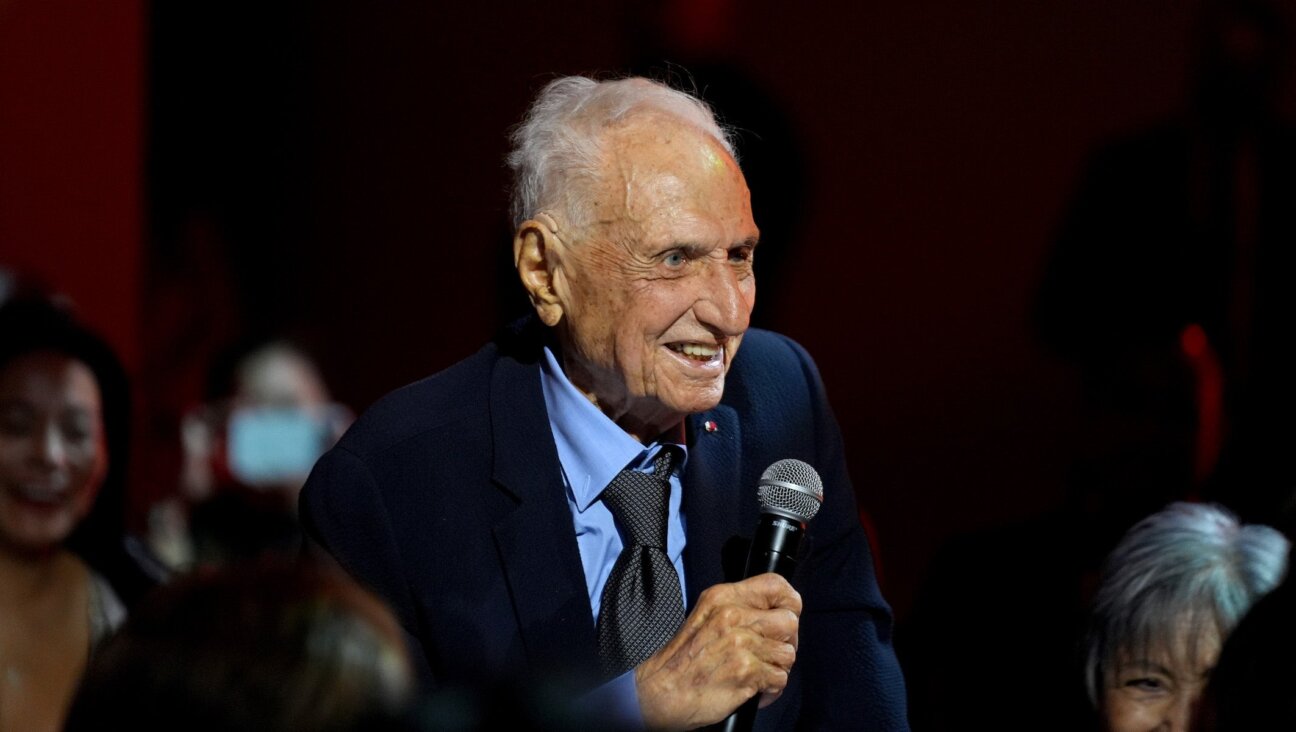You Must Watch This New Film On The Armenian Genocide, Whether It’s Any Good Or Not

Graphic by Angelie Zaslavsky
Today, “The Promise, a film about the Armenian Genocide, was released in theaters. At first glance, either at the trailer or the film, we are given a sweeping historical drama filmed and written in a slightly dated fashion – a fine, if forgettable, affair. But against the backdrop of both history and the world’s current political situation, “The Promise” becomes a film of immense importance.
Imagine, for a moment, that after the Holocaust the official German position was one of denial. That the German heads of state have, since 1945, consistently asserted that the events of the Holocaust were nasty, yes, but both the Jews and the Germans bear some responsibility, and in the end, well, such things happen in times of war. It’s a disgusting thought. But now, imagine further – not only do the Germans take this position, but much of the world, including the United States, a country whose leaders and soldiers saw the camps and the corpses, participates in the denial. They allude to certain “facts” and “regrettable horrors” but they refuse to utter the only responsible word – genocide. Putrid, no?
This is the present situation of the Armenians. I should not have to ground the Armenian Genocide in comparisons to the Holocaust to illustrate its horror, it was a genocide, and is thus reserved a special, terrible place in human history all its own (indeed, the word “genocide” was coined by Raphael Lemkin precisely in response to the Armenian Genocide). It should be enough to say, “here a genocide occurred, and it remains unacknowledged,” but, as we have seen, this is not enough. The United States has not yet formally recognized the Armenian Genocide, nor has the U.K., nor (most upsettingly) has Israel, nor have a host of other countries. Even the countries that do formally recognize the Armenian Genocide only adopted this position, largely, within the past 20 years despite the fact that the genocide occurred in 1915 (though, the events directly leading up to the genocide began far earlier, and killings took place until 1923).

Image by wikimedia
The fact of the Armenian Genocide is beyond dispute. The Armenians, a Christian people living primarily in eastern Anatolia, had long been the subject of Ottoman animus due to religious and ethnic tensions. Between 1894 and 1896, Sultan Abdul Hamid II sparked a two year long campaign of violence (which, had it taken place in Eastern Europe against the Jews, would be called a “pogrom”) against the Armenian population of the Empire. Employing the help of the empire’s Kurdish population (who carried out many of the killings during the genocide as well – though many Kurdish groups, as opposed to Turkey, have since recognized and apologized for their role in the genocide), the Ottomans, both in official state actions and the actions of state sanctioned mobs, murdered between 50,000 and 300,000 Armenians (this is a wide range, but there is no formal agreement on the numbers). They also murdered a large number of Assyrians and other Christian minorities as well (the Assyrian and Greek minorities were also targeted during the years of the Armenian Genocide). The two year period of violence would would come to be known as the Hamidian Massacres.
Cut forward 20 years to 1914, and the Ottoman Empire is newly under the control of the Committee of Union and Progress (CUP), otherwise known as the Young Turks. Though the CUP was a Western oriented, modernizing movement, it was still decidedly anti-Armenian, and, when World War I broke out, the CUP leadership saw the global chaos as the perfect cover to carry out their campaign of extermination. While scholars continue to debate exactly when the events of the Armenian Genocide began, it is widely agreed that the genocide proper began around April, 1915.
Unlike the Holocaust, the Armenian Genocide was not a rigidly structured, mechanized, industrial effort. Rather, the killings largely took the form of death marches, in which Armenians were forced from their homes for “relocation,” then marched through the Empire until they perished from exhaustion, disease, exposure, or starvation. In addition to the marches, there were more straightforward mass killings by the Ottoman military as well as bands of mobile executioners (many of whom were criminals released from prison precisely for this purpose) that operated much like the Nazi Einsatzgruppen. Those Armenians that weren’t killed were either used as slave labor (and then murdered), sold into sex slavery, or forcibly converted to Islam.
When the genocide finally ended in 1923, around 1.5 million Armenians had been killed or displaced, the region of Armenia almost entirely purged of its historic people. To further drive this devastation home, the Armenian population of the Ottoman Empire, prior to the genocide comprised only 2 million people. The genocide destroyed 75% of the entire Ottoman-Armenian population.
So why, in the face of such indisputable and monstrous facts, do we continue to the deny the existence of the Armenian Genocide? This refusal stems from a moral cowardice in the face of Turkish threats. The official position of the Turkish government, which has remained consistent since 1914, has been to deny the facts and to reframe the narrative of the genocide. The Turkish government frames the events of the Armenian Genocide as the natural consequence of war. The genocide largely took place during World War I, and the Turkish government often cites examples of Armenian self defense (like the uprising at Van) as proof that the Armenian population represented a genuine fifth column during the war, and thus it was relocated due to military concerns. Some go further and assert that the genocide was in actuality, nothing more than particularly bloody civil war, in which the Armenians committed as many atrocities as the Turks.

Image by wikimedia
The world knows that this is false, and yet, in order to preserve “good” relations with Turkey (how one can maintain positive relations with a genocide denying dictator is another question), countries around the world commit moral suicide and acquiesce to the demands of those who would cover the perpetration of a genocide at the expense of the victims.
It is against this background that the forthcoming film “The Promise,” starring Oscar Isaac, Charlotte Le Bon, and Christian Bale, was made. The film, directed and cowritten by Terry George (who also directed “Hotel Rwanda,” a film about the Rwandan Genocide), follows the story of a love triangle between the Armenians Michael (Isaac) and Ana (Le Bon) and American Journalist Chris (Bale). This love story, spanning over a year or so, is set against the backdrop of World War I and the Armenian Genocide, with the characters both dispersed and reunited by the genocide.
Michael is a young, aspiring doctor who leaves his village in Armenia for Constantinople to study medicine. In the city, Michael stays in the home of his wealthy uncle and quickly befriends a fellow medical student, Emre (played by Marwan Kenzar) with powerful connections to the Turkish military. In his uncle’s home, Michael meets Ana, an Armenian raised in Paris looking to get back in touch with her roots. A romance is immediately in the works between the two characters, but we soon learn that Ana is romantically involved with Chris, a gruff but selfless journalist with the Associated Press who is in Turkey to cover the war. The atrocities to come are hinted at in the beginning of the film, but seem to materialize out of nowhere (notably, the sporadic appearance of Germans in the early Constantinople scenes always makes the characters uneasy. It is well known that Hitler was an admirer of the Armenian Genocide, but what is less known is that the Germans were highly complicit in its perpetration, having had knowledge of the events and the requisite control over the Ottoman military and government to have, at the very least, dampened the efficacy of the Ottomans’ pursuit).
Predictably, Ana and Michael fall in love just as the roundups of prominent Armenian intellectuals and businessmen begin. Michael is deported and forced into slave labor in the mountains, and the two are separated. In the meantime, Chris travels around the empire catching glimpses of the atrocities being committed upon the Armenian population (a hanging body, a burnt and pillaged town, a death march) and reporting back to America. I won’t spoil the story, but you can probably guess how things go.
As a story, and as a film, “The Promise” is a routine, incredibly maudlin, somewhat disjointed affair – the film’s Turkish villains are so clichéd as to be almost cartoonish figures of evil, the plot turns are often abrupt and unexplained, and very little context is given for the genocide itself, which is the real subject of the film. The performances of the three stars are all good, and it is competently done and emotionally moving – there are no glaring missteps and I imagine that most people will find it perfectly watchable (I certainly did) – but, as a film, it does not rise to the level of George’s “Hotel Rwanda” nor does it even begin to approach Spielberg’s “Schindler’s List” (a film with its own set of problems).

Image by wikimedia
But, we must ask, does any of this matter? For all its shortcomings, “The Promise” is the first big budget, star driven film about the Armenian Genocide to be released (The 2002 Canadian-French film “Ararat,” a semi-large release, explored the fictional creation of a movie about the Armenian Genocide, but did not center on the the events of the genocide itself), the importance of which cannot be understated (prior efforts to release a big budget Armenian Genocide film, primarily adaptations of Franz Werfel’s 1933 novel “Forty Days of Musa Dagh,” all collapsed in the face of Turkish threats). During the Q&A with Terry George that followed the screening of the film at the Dolby 88 Screening Room in New York City, the director stressed that he knew the film was “old-fashioned,” but the goal was to reach as wide an audience as possible, and certain aesthetic sacrifices had to be made in that pursuit (for instance, the film is largely lacking in any graphic depictions of violence because George wanted to procure a PG-13 rating to ensure a larger viewership). In this regard, George had an incredibly fine line to toe – make the film too true to life (to the extent that any genocide film can be “true to life”) and it will be too difficult for mass appeal; make the film too well suited to popularity, and you risk cheapening the genocide. “The Promise” represents a competent effort to toe this line – not an enviable task.
Furthermore, we must acknowledge that there is no aesthetic roadmap for a large film about the Armenian Genocide. The Holocaust, and I know this phrase is a bit disgusting in this context, is simply more aesthetically developed in the popular imagination. It has frequently been the subject of film and literature and has been somewhat successfully absorbed into the common aesthetic vernacular (films frequently borrow the aesthetics of the concentration camps [the shaved heads, the threadbare uniforms, the barracks] and the Nazi party [the red and black, the leather, the imposing architecture] to signify state evil). A large budget portrayal of the Armenian Genocide is sui generis, and therefore, in order to help ensure its mass-appeal, must ground itself in other cinematic clichés (thus the accusation of “old fashioned”) – the aesthetic clichés of the Armenian Genocide having yet to develop in the American consciousness.

Image by wikimedia
What’s more, many people simply cannot put a face on Armenia or the Armenian Genocide. Unlike Jews, Armenians are not an especially visible group in popular culture. Though none of the lead actors of “The Promise” are Armenian, at least now, after seeing the film, people can put an attractive face on the past – when you read that 1.5 million are killed or displaced, you read a number; when you watch Oscar Isaac work as a slave or mourn over a pile of rotting corpses, you see a person. This is one of the purposes of cinematic or literary portrayals of genocide (a pursuit that ought to make us ethically uneasy in many respects), to reestablish the subjectivity of the victim out of the cold, unimaginable mass. (There’s a famous quote attributed to Joseph Stalin – “the death of one person is a tragedy, the death of one million is a statistic.”)
In this regard, “The Promise” is an incredibly important first step towards opening the film industry to this subject matter (though, the film was privately funded by the late Kirk Kerkorian, a wealthy Armenian businessman, and therefore was insulated from the pressure that the Turkish government is able to exert on the major studios that depend on foreign markets for their profits). To find an analogue in the world of Holocaust films – there is likely no “Son of Saul” (the most brutal and accomplished film of the genre – a complete abandonment of aesthetic safety) without there first being a “Schindler’s List” (also a successful film, but one that, as opposed to “Saul,” plays in Hollywood clichés to a larger degree). When a crime like the Armenian Genocide has gone unacknowledged for so long, the concerns of aesthetic success must be secondary to the concerns of education. Films of great quality will come; right now, it’s simply more important that people know what happened.
“The Promise,” then, puts us in an interesting position – acknowledging that a film is mediocre yet rooting for its utmost success. I deeply, truly, want this film to be a smash hit, for it to shatter box office records, aesthetic concerns be damned. I want this film to be the beginning of a renewed interest in the Armenian Genocide, a renewed shame at our government’s refusal to acknowledge it, a renewed anger. I want this film to spark a public outcry, for us to begin to work towards redeeming, to the extent that we can, 100 years of cowardice. Because the refusal to acknowledge a genocide, any genocide, is a crime in itself, one that not only debases the deniers, but also rewards the perpetrators. And as long as one state can dictate the terms of memory for much of the world, then a precedent has been set for future perpetrators – the gravest crime on earth means nothing in the face of economic or military concerns (indeed, this was the German calculation during World War I). See this film, or don’t – the important thing is that, at the very least, you educate yourself about the Armenian Genocide, and remain enraged, always, in the face of denial.
Below are links for further reading and listening on the Armenian Genocide:
history.com/topics/armenian-genocide
nytimes.com/ref/timestopics/topics_armeniangenocide.html
A Shameful Act: the Armenian Genocide and the Question of Turkish Responsibility by Taner Akca
Jake Romm is a Contributing Editor for The Forward. Contact him at [email protected]
















